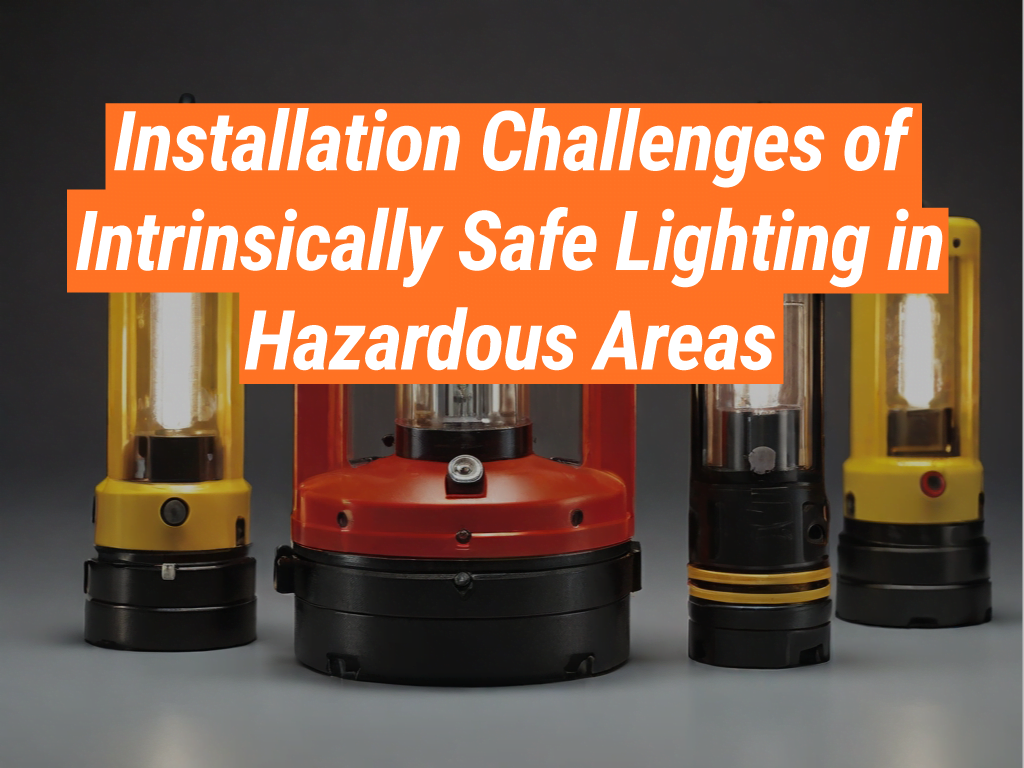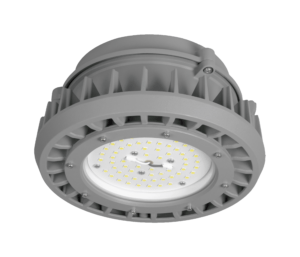When it comes to hazardous environments, installation challenges are a primary concern for safety. This is where Intrinsically Safe Store comes into play, offering a range of intrinsically safe products, including lighting solutions, designed to ensure safety in high-risk areas. In this article, we delve into the challenges associated with installing intrinsically safe lighting in hazardous areas. We invite you to visit our website to explore our wide range of intrinsically safe products.
What is Intrinsically Safe Lighting?
Intrinsically safe lighting is designed to operate in potentially explosive or hazardous environments without causing ignition. These lighting solutions are engineered to limit electrical and thermal energy to a level below what is required to ignite a specific hazardous atmospheric mixture.
Challenges in Installing Intrinsically Safe Lighting
While intrinsically safe lighting is crucial for safety in hazardous areas, its installation comes with a set of challenges. Let’s explore these in detail.
Understanding Hazardous Area Classifications
One of the primary challenges is understanding the classification of hazardous areas. These classifications are based on the type, frequency, and duration of the potentially explosive atmosphere. Incorrect classification can lead to the use of inappropriate lighting equipment, posing a significant risk.
Compliance with Safety Standards
Another challenge is ensuring compliance with safety standards and regulations. These standards vary by region and industry, making it crucial to understand and adhere to the relevant ones for your specific application.
Technical Expertise
Installing intrinsically safe lighting requires technical expertise. The installation process involves complex wiring and grounding procedures to prevent ignition. Lack of proper knowledge and skills can lead to incorrect installation, compromising safety.
Cost Implications
Lastly, the cost of intrinsically safe lighting and its installation can be high. This is due to the specialized nature of the equipment and the technical expertise required for installation.
Overcoming Installation Challenges: A Case Study
Let’s consider a case study of a petrochemical plant that successfully overcame these challenges. The plant was classified as a Zone 1 hazardous area, meaning an explosive atmosphere is likely to occur occasionally in normal operation.
The plant partnered with a reputable provider of intrinsically safe lighting solutions, who helped them understand the relevant safety standards and provided the necessary technical expertise for installation. The provider also offered cost-effective solutions, helping the plant manage the cost implications.
While the installation of intrinsically safe lighting in hazardous areas comes with its challenges, these can be effectively managed with the right knowledge, expertise, and resources. Understanding the classification of hazardous areas, ensuring compliance with safety standards, having the necessary technical expertise, and managing cost implications are key to successful installation.
At Intrinsically Safe Store, we are committed to providing intrinsically safe lighting solutions that meet the highest safety standards. We invite you to contact us to learn more about our products and how we can help you overcome the challenges of installing intrinsically safe lighting in hazardous areas.



